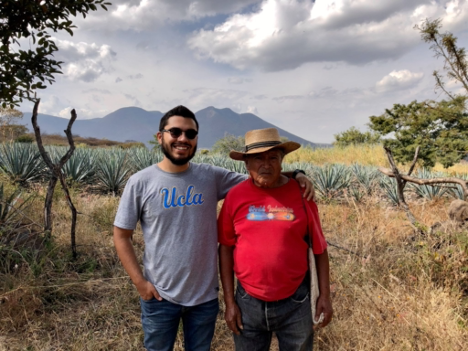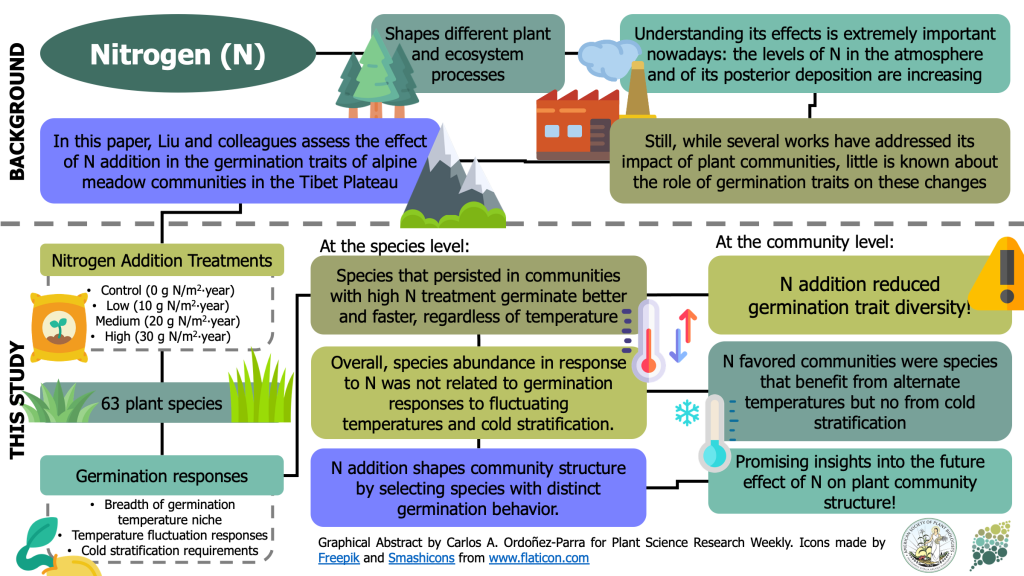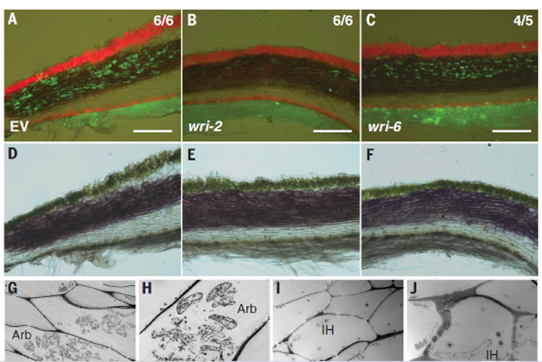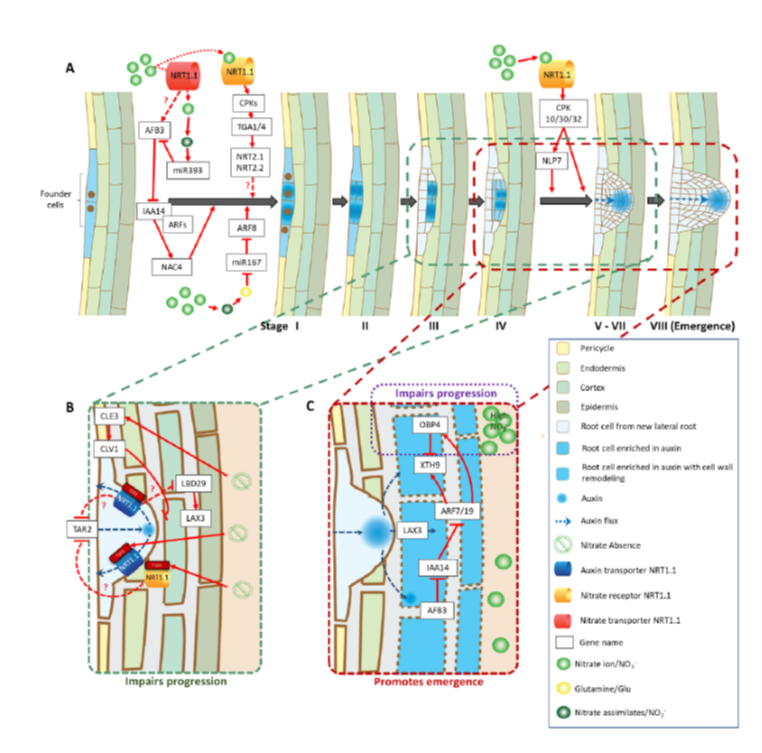
IRON MAN sequesters BTS to activate iron deficiency response (PNAS)
Plant Science Research WeeklyPlants need to maintain an optimum level of iron (Fe) for normal growth and development. Many Fe-responsive molecular players have been identified in Arabidopsis, including the IRON MAN (IMA) peptides. These peptides are induced by Fe deficiency, but their role in maintaining Fe homeostasis remains poorly…

URM Plant Scientist Highlights - Manuel Mora (he/him)
BlogManuel Mora (he/him) is a doctoral student in the Molecular Biology Interdepartmental Developmental Program (MBIDP) at UCLA. Born in Santa Ana, CA, Manuel was raised between California and the town of Santiago Tangamandapio in Michoacan, Mexico. Growing up he enjoyed playing soccer, but when living…

A research road map for responsible use of agricultural nitrogen (Front. Sustain. Food Syst.)
Plant Science Research WeeklyRecently, the UN Environment Programme identified excessive reactive nitrogen (N) resulting from anthropogenic activity as one of the five emerging threats facing our planet. Much of this derives from agricultural practices in which N fertilizers are inefficiently applied to crops, a significant proportion…

A bacterial effector targets a plant iron sensing protein, and benefits pathogen growth (Plant Cell)
Plant Science Research WeeklyPathogens often appropriate iron from their hosts, as acquisition of iron is vital to sustain life for most organisms. As demonstrated in this paper by Xing et al., an effector protein, AvrRps4, from a common bacterial plant pathogen, Pseudomonas syringae, directly interacts with BRUTUS (BTS), an iron…

Effect of nitrogen addition on selection of germination trait in an alpine meadow on the Tibet Plateau (Front. Plant Sci.)
Plant Science Research WeeklyConsidering that atmospheric nitrogen (N) and N deposition have increased due to human activities, understanding the effects of this element in plant communities has become increasingly important. Still, the role of germination traits in these changes at the community level is poorly understood. Here,…

Give and Take: Lipid exchanges drove the evolution of mutualism during plant terrestrialization (Science)
Plant Science Research WeeklyPlants form symbiotic associations with a variety of microbial partners, among which arbuscular mycorrhizal fungi (AMF) are prominent. AMF are known to enrich plants with a host of vital nutrients including the essential macronutrient phosphorus. While the finer details of plant-AMF association are known…

Magnesium and calcium over-accumulate in the leaves of a schengen3 mutant of Brassica rapa (Plant Physiol)
Plant Science Research WeeklyMagnesium (Mg) and calcium (Ca) are essential nutrients for plants and also the animals that eat them. Human deficiencies of these elements are not uncommon. Here, Alcock et al. used Inductively Coupled Plasma Mass Spectroscopy to measure the elemental composition of a mutagenized population of Brassica…

Update: Lateral root formation and nutrients: nitrogen in the spotlight (Plant Physiol)
Plant Science Research WeeklyWe marvel at the ability of starfish to regenerate an arm, or a lizard a new tail, but even more impressive than these feats is the ability of a plant root system to create lateral roots when and where they are needed. This root system plasticity has been long studied, with a wealth of insights into…

Review: Can smart nutrient applications optimize the plant's hidden half to improve drought resistance? (Physiol. Plant.)
Plant Science Research WeeklyThe root system has three key functions: support/anchoring, uptake of water, and uptake of nutrients. Many questions remain about how roots integrate all of these functions into the architecture of a single system. Here, Bardhan et al. explore whether modifying the nutrient environment (hence root’s…

